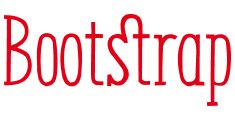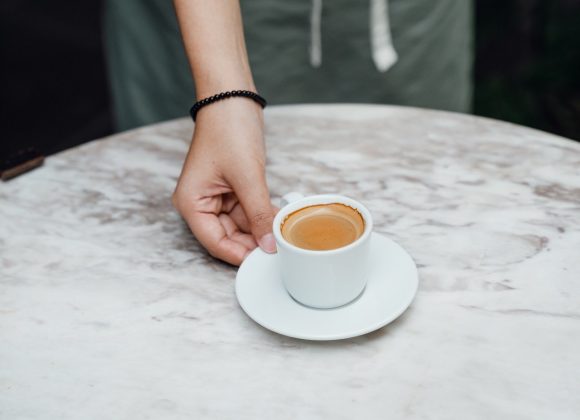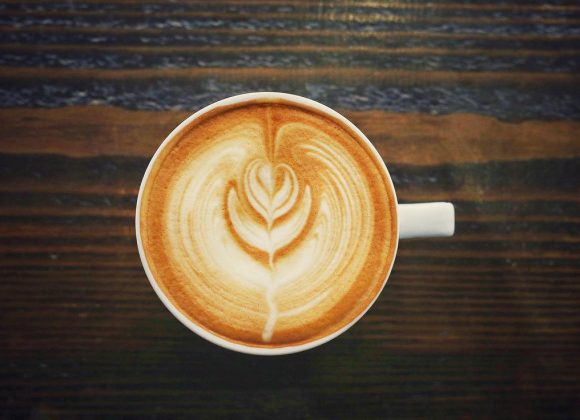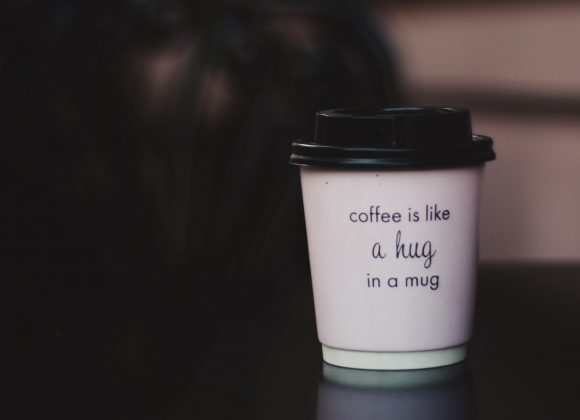Buying coffee beans is very difficult. Whether you are purchasing from a coffee shop or online, there are countless factors that you need to take into account. Here is our quick guide to buying coffee beans:

Purpose
First and foremost, you must first identify what you will be using the coffee beans for. What coffee drink do you want to make and what style do you want it to be? All these things will play into your final decision when buying coffee beans.
Just to give an example; if you like to add milk to your coffee, then you should opt for flavoured beans such as caramel and sea salt coffee beans, while also avoiding coffee beans that have a flowery or citrus – like flavour,
Single Origin Vs Blend
Single origin beans are coffee beans that are sourced from a single country. A blend, on the other hand, refers to a combination of coffee beans sourced from different places.
Blends are generally better for coffee beverages that contain milk (such as lattes and cappuccinos), while pure coffee drinks (such as espresso) are better brewed using single – origin coffee beans.
Price Tag
Price is not only the money you need to spend to purchase those coffee beans, but it can also be used to determine the cupping score of coffee.
Cupping score refers to an international, standardised evaluation of coffee beans that take into account their acidity level, texture, sweetness, and flavour. The higher the score, the better the bean quality. This score is also used to price the product as fairly as possible.
Thus, when buying coffee beans, try to look at the price and determine the cupping score and thus the overall quality of those beans (anything above 80 is good).
Arabica Vs Robusta
Robusta and Arabica coffee beans are fundamentally very different and cater to different coffee aficionado demographics. Robust beans tend to create stronger and more bitter brews, contain more caffeine, and are usually much cheaper. On the other hand, Arabica coffee beans are considered to be the higher quality of the two. They are more expensive, have a lighter and sweeter flavour, create brews with silky rich texture, and contain less caffeine.
One of the best Arabica coffee beans produced in Kintamani Bali, this is the northern highlands of Bali which has the perfect environment for growing coffee, namely a favorable climate and rich volcanic soil. One of the coffee producers that takes coffee beans from Kintamani is Bootstrap Beverage. They make one of the best bottled cold brew coffee in Singapore. The coffee has a low acidity and is also naturally sweet. So if you have digestive problems or don’t like coffee that is too bitter, you can try Arabica coffee from Bootstrap Beverage. It can be ordered from anywhere and offers free shipping islandwide.
Roast Type
You can easily identify the roast type of a certain coffee bean by looking at its colour. Rule of thumb: the darker the colour, the darker the roast, the stronger the resulting brew.
In general, lighter roasts are better for brewing techniques that utilise gravity (such as filter coffee extraction). Conversely, medium to dark roasts are better for making strong coffee, such as espresso, using espresso machines.
Source
The country or region where a coffee bean is shipped from can tell you a lot about how the final cuppa will taste. Just like how different wines grown in different regions have different characteristics, coffee beans also tend to have varying flavour profiles.
Here is a general guide to the different characteristics of different region’s coffee beans:
- Asian coffee beans tend to have an earthier flavour and have a very fine consistency
- Africa coffee beans are more citrusy, fruity, and have very complex tastes
- South and Central American coffee beans are more sweet and smooth, creating rich and velvety coffee




